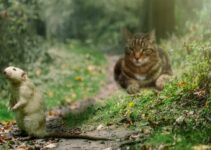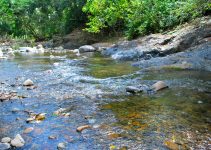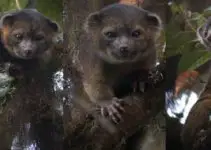Often overlooked on our walls and ignored due to their unimpressive existence, house lizards actually hold a universe of intriguing biological traits within them. This exploration in-depth will give an insight into their fascinating lives, specifically focusing on their intriguing food habits.
Looking beyond their unassuming appearance, this journey will delve into the elaborate anatomy of the house lizard and how it influences their eating habits. The survival instincts of these creatures, their food safety methods, and their exceptional adaptations aren’t just about living in the now, but rather a tale of evolution and survival of the fittest.
To further bring the subject to life, the analysis will also consider the process of decomposition in bugs, and why it turns off house lizards from feeding on dead insects.
Table of Contents
Biology and Eating habits of House Lizards
Biology of House Lizards: Anatomy and Predatory Behaviors
House lizards, also known as geckos, are reptiles belonging to the Gekkonidae family. This family is diverse regarding their size, color, and behavior; however, most share some common biological traits that influence their feeding strategy.
A significant aspect of the house lizard anatomy is their jaw structure. House lizards have a unique mechanism where their jaw joints allow them to open their mouth wide and quickly. This trait supports their predatory nature of capturing and consuming live prey.
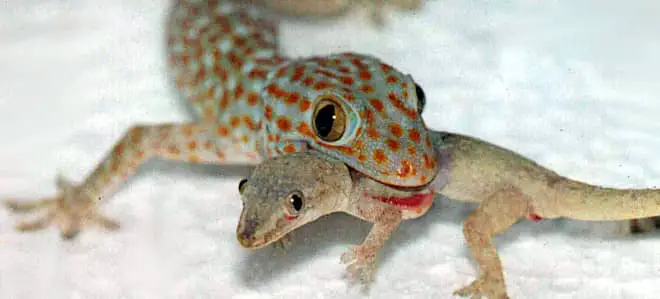
Their hunting strategy is also important to note. Lizards primarily use their vision and sense of touch to locate and seize their prey. They are sit-and-wait predators who choose strategic positions to ambush their prey. They usually strike when the prey is in motion as it aids in better detection.
House lizards are predominantly insectivorous, meaning they primarily feed on insects, particularly small, soft-bodied bugs. Their typical diet includes ants, spiders, termites, cockroaches, and moths.
Why House Lizards Prefer Live Prey
Instinctively, most predators, including house lizards, are programmed to respond to movement. Their predatory behavior is stimulated by the movement of potential prey. You can easily observe this behavior when you look up the ceiling at night.
For lizards, hunting is not solely about nutrition; it involves their instinctive behaviors and impulses. The movement of bugs triggers their hunting instinct and encourages them to seize their prey.
Consequently, dead bugs, devoid of movement, may not stimulate their predatory instincts and interest. But this does not mean that they will not eat dead prey.
Lizard Feeding Habits and Underlying Factors
Primarily, the feeding routines of house lizards are influenced by multiple biological and environmental factors, such as their size, age, and metabolic rates. Notably, bigger lizards need to consume more sustenance to fulfill their energy needs, consequently taking on larger, more challenging prey.
The metabolic rate of a lizard plays an indispensable role in their feeding habits. Being ectothermic creatures, lizards rely on their external surroundings for body heat. This relationship between environmental temperature and their metabolic activities directly impacts how frequently and how much they eat.
In summary, while house lizards can adjust their eating habits based on their environment to some extent, they generally favor live insects over dead ones due to their biological hardwiring and instinctual behaviors.
Components such as their predatory anatomy, in-built response to the movement of potential prey, and their emphasis on the freshness and healthiness of their food, make live insects more appealing to them.
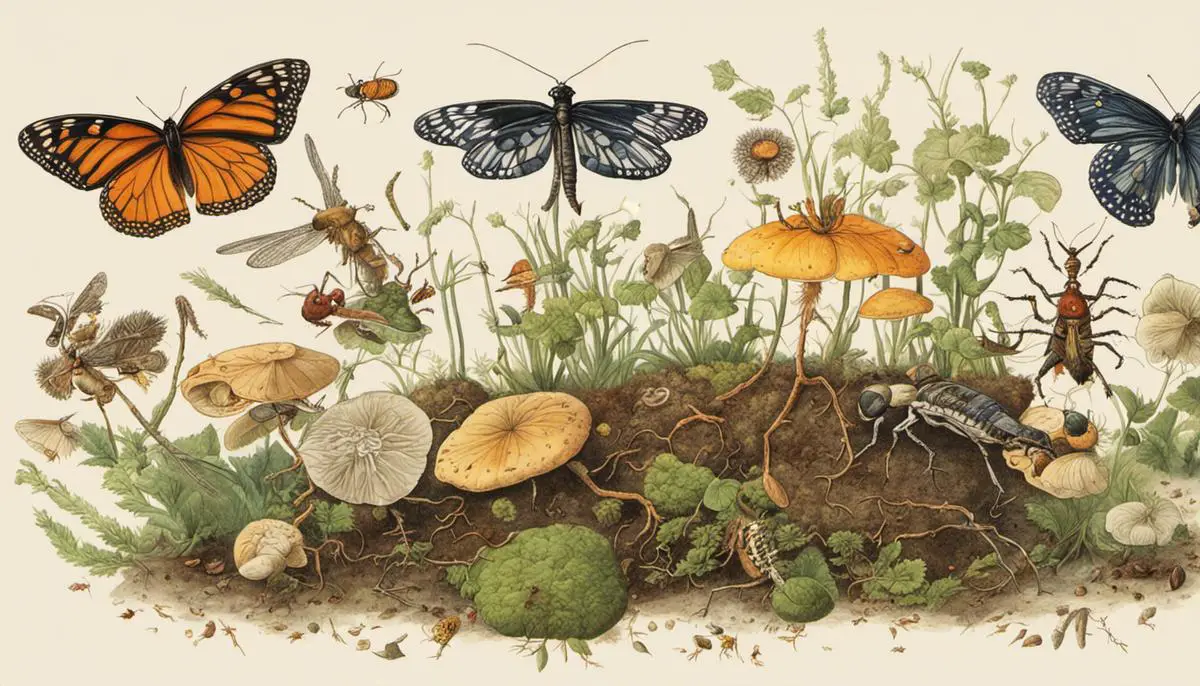
House Lizards: Survival and Food Safety
Law of the Jungle: Survival Instincts and Evolutionary Adaptations
Geckos, commonly referred to as house lizards, hold a deep-rooted survival instinct forged by evolutionary processes. This aspect distinctly highlights their choice of live prey over carrion.
A closer look at their day-to-day habits uncovers the reasoning behind this preference. House lizards are impressive insectivorous predators that primarily feast on insects, arachnids, and sometimes, even their own kind as shown in the picture in the previous section.
Their hunting prowess displays remarkable speed, accuracy, and finesse while pursuing and overwhelming their targets. Thus, hunting and preying on live creatures form an integral part of their existence and survival strategy.
Instinctive Behaviors of House Lizards
From an instinctual perspective, motion plays a crucial role in the predatory behavior of house lizards. Live prey triggers their hunting response through movement, making house lizards more likely to go after active bugs than motionless ones.
Exploring Exceptions: Some Hypotheses
Although studies are not definitive in terms of the predatory habits of house lizards, here are some hypotheses and findings that need further verification.
The Importance of Moving Prey
Common household geckos, often referred to as house lizards, typically steer clear of dead insects, functioning as predators in their habitat. Their role as predators feeds into their dietary choices, with the act of hunting greatly influencing their feeding patterns.
Specifically, lizards are instinctively tuned to respond to movements and changes in their surroundings, originating from their deeply ingrained hunting instincts. When an insect or bug comes into their visual field, its movement elicits a reaction that provokes the lizard to attack and seize its prey.
However, with dead bugs, this intriguing dynamic between the predator and its prey is noticeably missing, reducing the appeal of these lifeless insects as a potential meal for lizards.
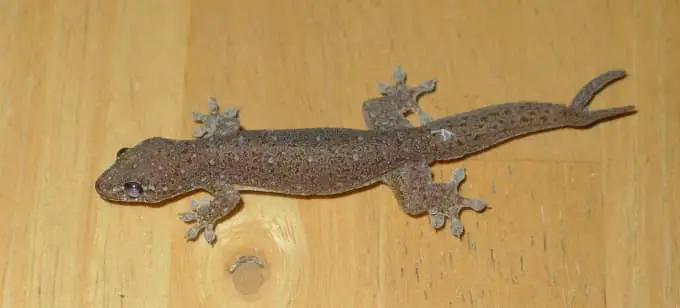
Eating Dead Bugs: Hunting Method Over Prey Status
Beyond their innate predatory instincts, lizards use an active hunting method over ambush predation, implying they typically seek and chase their prey instead of lying in wait. Bugs that are already dead don’t exhibit the familiar movement patterns that stimulate a lizard’s predatory behavior, therefore, they are not seen as ideal food options.
Health Risks in Dead Insects: Food Security Perspective
From a food security and health perspective, consuming dead insects can present potential health risks for lizards. Dead bugs might have died from disease, exposure to pesticides, or other harmful substances, which could adversely impact a lizard’s health if consumed.
In contrast, hunting and eating live prey offers lizards more certainty that the food source is free from these negative factors.
Flexibility in Feeding Habits
Despite these general tendencies, there might be exceptions among different lizard species or under specific circumstances. Some lizards, especially those in captivity under human care, might eat dead insects when live ones are not immediately available.
Research also suggests that certain species, such as the Mediterranean House Gecko (Hemidactylus turcicus), might accept dead prey when they’re in a familiar environment where the risks are known. Also, it’s better to feed on recently dead insects than live ones because they are easier to obtain. Moreover, when food is scarce, these animals might break their typical rules and feed on dead insects to survive.
Possible Exceptions in Scientific Literature
Scientific literature has indeed documented instances of certain lizard species consuming dead insects. For instance, a study published in the Journal of Herpetology noted the Eastern Collared Lizard (Crotaphytus collaris) species will eat dead locusts during times of extreme food scarcity (Pritchett, 1903).
In conclusion, while there’s an overarching principle that prevents lizards from eating dead bugs due to their predator instinct, health concerns, and feeding habits, some situational and species-specific exceptions do occur. These exceptions provide interesting insights into the adaptability and survival strategies of these unique creatures.
As the exploration into the world of house lizards concludes, a fascinating tapestry of adaptation, survival, and cautionary feeding habits emerges. The avoidance of dead and decomposing insects is just one example of their keen survival instinct.
This glimpse into their world also demonstrates the intricate interplay between diverse species and their specific positions within the broader ecosystem’s chain of survival. While it’s true that the house lizard, like other species, has exceptions to the rule in their eating habits, these anomalies provide further proof of the versatility and adaptability of nature.
This journey serves as a testament to the persistent drive for survival seen across all of life, reaffirming the extraordinary balance that exists within nature.
Remember, the next time a house lizard scuttles from a corner; it’s not just another pest, but a fascinating survivor navigating the challenges of its existence.
Reference
Pritchett, A. H. (1903). Some experiments in feeding lizards with protectively colored insects. The Biological Bulletin, 5(5), 271-287.
[cite]

